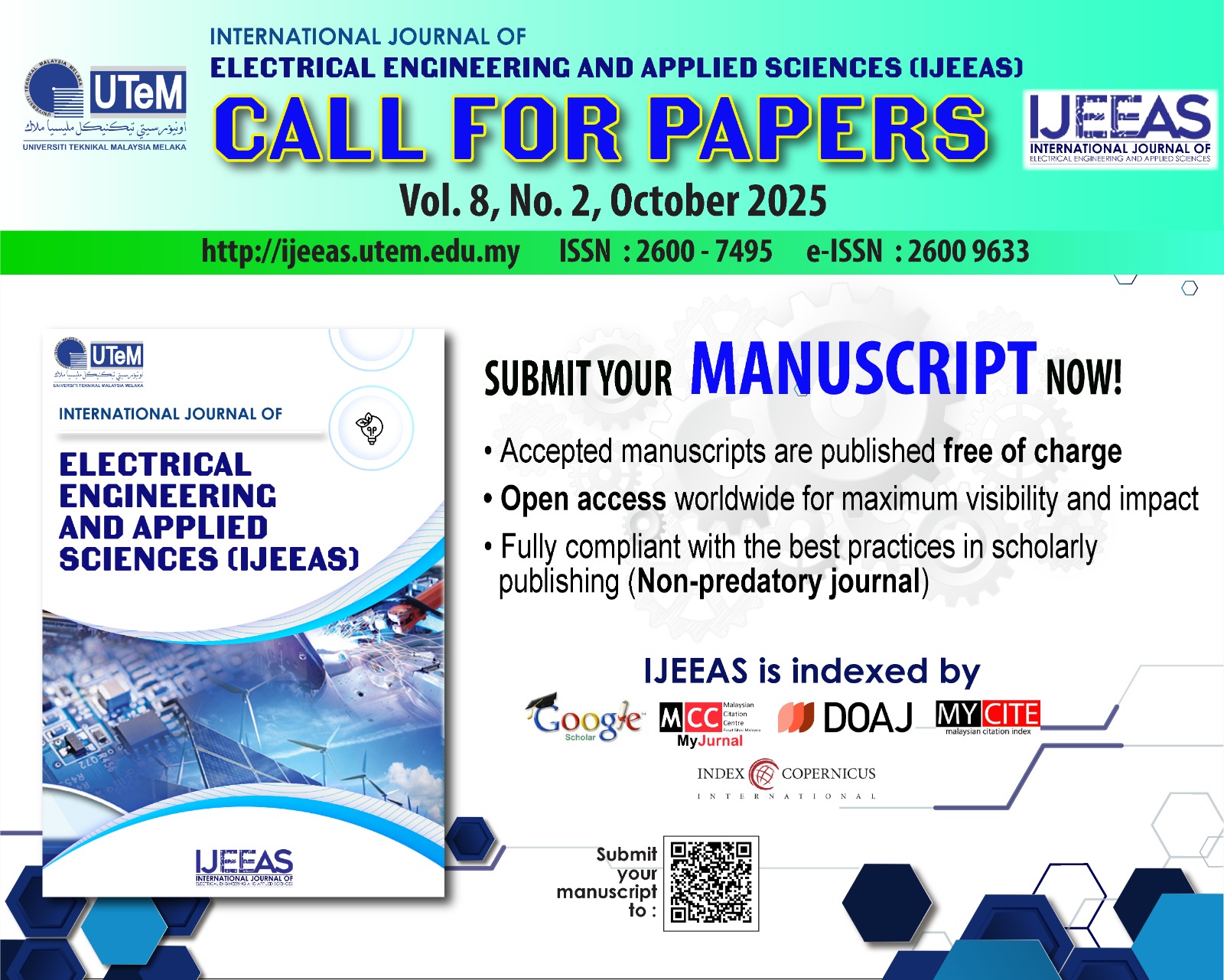Exploration of Characteristic Equation Towards the Analysis of Dynamical Stability for Synchronous Generators through Swing Equation
DOI:
https://doi.org/10.54554/ijeeas.2024.7.01.003Abstract
This study reports a didactic approach on how to exploit the knowledge of the characteristic equations of any second-order system towards their stability analysis. To prove the efficacy of the method in industrial applications, the manuscript focuses on the stability study of synchronous generators. To obtain the future-ready characteristic equation, the dynamic equation of a synchronous generator is modeled via the swing equation. Literally, the swing equation describes the behavior of the rotor dynamics in the generator. By using the characteristic equation at hand, dominant parameters that affect the stability are identified. The analysis studies are then conducted to observe the stability through multifarious allowable parameters’ range that disturb the roots (or the poles) location of the equation. The outcome of this research shows that two dominant parameters, named synchronizing coefficient and per unit inertia constant, determine the damping ratio and natural frequency. As a result, these two parameters affect the stability and transient characteristics of synchronous generators.
Downloads
Downloads
Published
How to Cite
Issue
Section
License
Authors who publish with this journal agree to the following terms:
- Authors retain copyright and grant the journal right of first publication with the work simultaneously licensed under a Creative Commons Attribution License that allows others to share the work with an acknowledgement of the work's authorship and initial publication in this journal.
- Authors are able to enter into separate, additional contractual arrangements for the non-exclusive distribution of the journal's published version of the work (e.g., post it to an institutional repository or publish it in a book), with an acknowledgement of its initial publication in this journal.
- Authors are permitted and encouraged to post their work online (e.g., in institutional repositories or on their website) prior to and during the submission process, as it can lead to productive exchanges, as well as earlier and greater citation of published work (See The Effect of Open Access).







